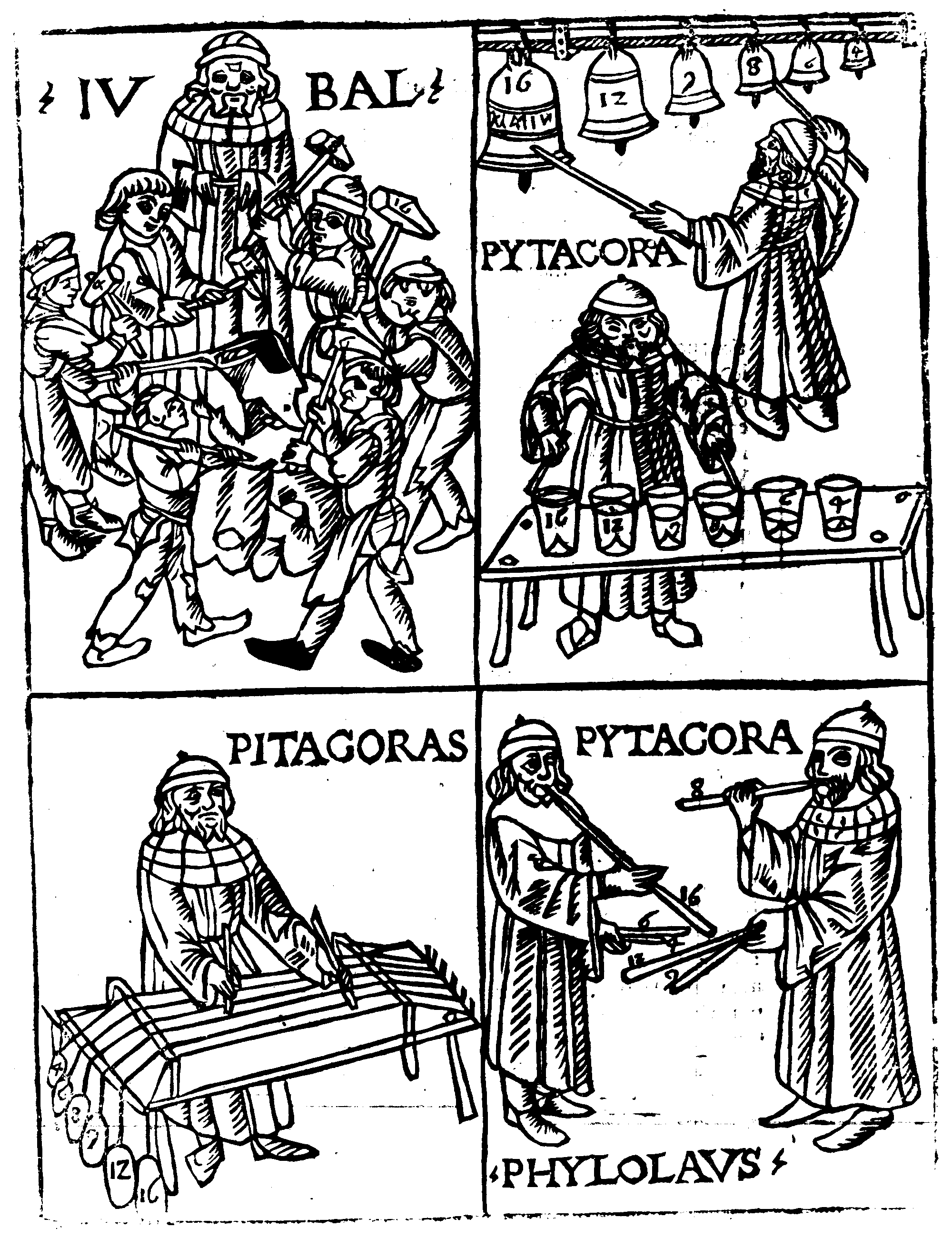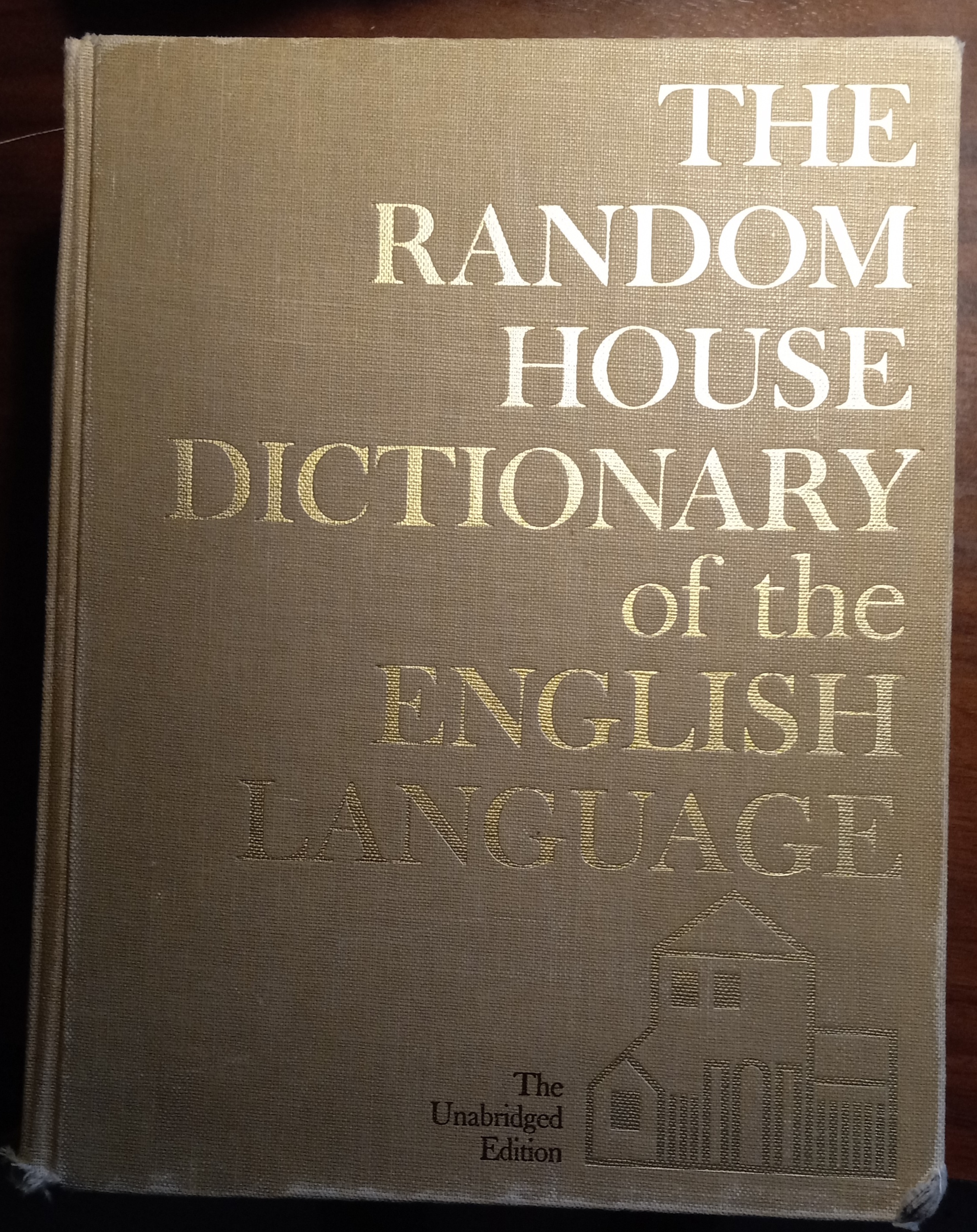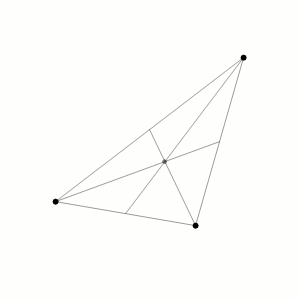|
D’Alembert
Jean-Baptiste le Rond d'Alembert ( ; ; 16 November 1717 – 29 October 1783) was a French mathematician, mechanician, physicist, philosopher, and music theorist. Until 1759 he was, together with Denis Diderot, a co-editor of the ''Encyclopédie''. D'Alembert's formula for obtaining solutions to the wave equation is named after him. The wave equation is sometimes referred to as d'Alembert's equation, and the fundamental theorem of algebra is named after d'Alembert in French. Early years Born in Paris, d'Alembert was the natural son of the writer Claudine Guérin de Tencin and the chevalier Louis-Camus Destouches, an artillery officer. Destouches was abroad at the time of d'Alembert's birth. Days after birth his mother left him on the steps of the church. According to custom, he was named after the patron saint of the church. D'Alembert was placed in an orphanage for foundling children, but his father found him and placed him with the wife of a glazier, Madame Rousseau, with ... [...More Info...] [...Related Items...] OR: [Wikipedia] [Google] [Baidu] |
D'Alembert's Paradox
In fluid dynamics, d'Alembert's paradox (or the hydrodynamic paradox) is a paradox discovered in 1752 by French mathematician Jean le Rond d'Alembert. D'Alembert proved that – for incompressible and inviscid potential flow – the drag force is zero on a body moving with constant velocity relative to (and simultaneously through) the fluid.Grimberg, Pauls & Frisch (2008). Zero drag is in direct contradiction to the observation of substantial drag on bodies moving relative to and at the same time through a fluid, such as air and water; especially at high velocities corresponding with high Reynolds numbers. It is a particular example of the reversibility paradox. D’Alembert, working on a 1749 Prize Problem of the Berlin Academy on flow drag, concluded: A physical paradox indicates flaws in the theory. Fluid mechanics was thus discredited by engineers from the start, which resulted in an unfortunate split – between the field of hydraulics, observing phenomena which could ... [...More Info...] [...Related Items...] OR: [Wikipedia] [Google] [Baidu] |
D'Alembert's Principle
D'Alembert's principle, also known as the Lagrange–d'Alembert principle, is a statement of the fundamental classical physics, classical laws of motion. It is named after its discoverer, the French physicist and mathematician Jean le Rond d'Alembert, and Italian-French mathematician Joseph Louis Lagrange. D'Alembert's principle generalizes the principle of virtual work from statics, static to dynamical systems by introducing ''forces of inertia'' which, when added to the applied forces in a system, result in ''dynamic equilibrium''. D'Alembert's principle can be applied in cases of nonholonomic constraint , kinematic constraints that depend on velocities. The principle does not apply for irreversible displacements, such as sliding friction, and more general specification of the irreversibility is required. Statement of the principle The principle states that the sum of the differences between the forces acting on a system of massive particles and the time derivatives of the ... [...More Info...] [...Related Items...] OR: [Wikipedia] [Google] [Baidu] |
Denis Diderot
Denis Diderot (; ; 5 October 171331 July 1784) was a French philosopher, art critic, and writer, best known for serving as co-founder, chief editor, and contributor to the along with Jean le Rond d'Alembert. He was a prominent figure during the Age of Enlightenment. Diderot initially studied philosophy at a Society of Jesus, Jesuit college, then considered working in the church clergy before briefly studying law. When he decided to become a writer in 1734, his father disowned him. He lived a Bohemianism, bohemian existence for the next decade. In the 1740s he wrote many of his best-known works in both fiction and non-fiction, including the 1748 novel ''The Indiscreet Jewels, Les Bijoux indiscrets'' (The Indiscreet Jewels). In 1751 Diderot co-created the ''Encyclopédie'' with Jean le Rond d'Alembert. It was the first encyclopedia to include contributions from many named contributors and the first to describe the mechanical arts. Its secular tone, which included articles skepti ... [...More Info...] [...Related Items...] OR: [Wikipedia] [Google] [Baidu] |
Music Theorist
Music theory is the study of theoretical frameworks for understanding the practices and possibilities of music. '' The Oxford Companion to Music'' describes three interrelated uses of the term "music theory": The first is the " rudiments", that are needed to understand music notation (key signatures, time signatures, and rhythmic notation); the second is learning scholars' views on music from antiquity to the present; the third is a sub-topic of musicology that "seeks to define processes and general principles in music". The musicological approach to theory differs from music analysis "in that it takes as its starting-point not the individual work or performance but the fundamental materials from which it is built." Music theory is frequently concerned with describing how musicians and composers make music, including tuning systems and composition methods among other topics. Because of the ever-expanding conception of what constitutes music, a more inclusive definition could ... [...More Info...] [...Related Items...] OR: [Wikipedia] [Google] [Baidu] |
Physicist
A physicist is a scientist who specializes in the field of physics, which encompasses the interactions of matter and energy at all length and time scales in the physical universe. Physicists generally are interested in the root or ultimate causes of Phenomenon, phenomena, and usually frame their understanding in mathematical terms. They work across a wide range of Physics#Research fields, research fields, spanning all length scales: from atom, sub-atomic and particle physics, through biological physics, to physical cosmology, cosmological length scales encompassing the universe as a whole. The field generally includes two types of physicists: Experimental physics, experimental physicists who specialize in the observation of natural phenomena and the development and analysis of experiments, and Theoretical physics, theoretical physicists who specialize in mathematical modeling of physical systems to rationalize, explain and predict natural phenomena. Physicists can apply their k ... [...More Info...] [...Related Items...] OR: [Wikipedia] [Google] [Baidu] |
Mechanics
Mechanics () is the area of physics concerned with the relationships between force, matter, and motion among Physical object, physical objects. Forces applied to objects may result in Displacement (vector), displacements, which are changes of an object's position relative to its environment. Theoretical expositions of this branch of physics has its origins in Ancient Greece, for instance, in the writings of Aristotle and Archimedes (see History of classical mechanics and Timeline of classical mechanics). During the early modern period, scientists such as Galileo Galilei, Johannes Kepler, Christiaan Huygens, and Isaac Newton laid the foundation for what is now known as classical mechanics. As a branch of classical physics, mechanics deals with bodies that are either at rest or are moving with velocities significantly less than the speed of light. It can also be defined as the physical science that deals with the motion of and forces on bodies not in the quantum realm. History ... [...More Info...] [...Related Items...] OR: [Wikipedia] [Google] [Baidu] |
Random House Webster's Unabridged Dictionary
''Random House Webster's Unabridged Dictionary'' is a large American dictionary, first published in 1966 as ''The Random House Dictionary of the English Language: The Unabridged Edition''. Edited by Editor-in-chief Jess Stein, it contained 315,000 entries in 2256 pages, as well as 2400 illustrations. The CD-ROM version in 1994 also included 120,000 spoken pronunciations. History The Random House publishing company entered the reference book market after World War II. They acquired rights to the ''Century Dictionary'' and the ''Dictionary of American English'', both out of print. Their first dictionary was Clarence Barnhart's ''American College Dictionary'', published in 1947, and based primarily on ''The New Century Dictionary'', an abridgment of the ''Century''. In the late 1950s, it was decided to publish an expansion of the ''American College Dictionary'', which had been modestly updated with each reprinting since its publication. Under editors Jess Stein and Laurence Urdan ... [...More Info...] [...Related Items...] OR: [Wikipedia] [Google] [Baidu] |
List Of Fellows Of The Royal Society A, B, C
About 8,000 fellows have been elected to the Royal Society of London since its inception in 1660. Below is an incomplete list of people who are or were ''Fellow'' or Foreign Member of the Royal Society. The date of election to the fellowship follows the name. Dates in brackets relate to an award or event associated with the person. The Society maintains complete online lists ocurrent fellowsand opast and current Fellows This list is complete up to and including 2019. List of fellows A , , 10 August 1865 – 19 December 1952 , - , James Arderne, , 1668-06-11, , c. 1636 – c. September 1691 , - , William Arderon, , 1745-12-12, , 1703 – 25 November 1767 , - , Robert Areskin, , 1703-11-30, , c. 1674 – 15 January 1719 , - , Antoine Joseph Dezallier d'Argenville, , 1750-03-22, , 4 July 1680 – 29 November 1765 , - , John Argyris, , 1986-03-20, , 19 August 1916 – 2 April 2004 , - , William Joscelyn Arkell, , 1947-03-20, , 9 June 1904 – 18 April 1958 , - , Josep ... [...More Info...] [...Related Items...] OR: [Wikipedia] [Google] [Baidu] |
Three-body Problem
In physics, specifically classical mechanics, the three-body problem is to take the initial positions and velocities (or momenta) of three point masses orbiting each other in space and then calculate their subsequent trajectories using Newton's laws of motion and Newton's law of universal gravitation. Unlike the two-body problem, the three-body problem has no general closed-form solution, meaning there is no equation that always solves it. When three bodies orbit each other, the resulting dynamical system is chaotic for most initial conditions. Because there are no solvable equations for most three-body systems, the only way to predict the motions of the bodies is to estimate them using numerical methods. The three-body problem is a special case of the -body problem. Historically, the first specific three-body problem to receive extended study was the one involving the Earth, the Moon, and the Sun. In an extended modern sense, a three-body problem is any problem in cl ... [...More Info...] [...Related Items...] OR: [Wikipedia] [Google] [Baidu] |
Encyclopédie
, better known as ''Encyclopédie'' (), was a general encyclopedia published in France between 1751 and 1772, with later supplements, revised editions, and translations. It had many writers, known as the Encyclopédistes. It was edited by Denis Diderot and, until 1759, co-edited by Jean le Rond d'Alembert. The ''Encyclopédie'' is most famous for representing the thought of the Age of Enlightenment, Enlightenment. According to Denis Diderot in the article "Encyclopédie", the ''Encyclopédie'' aim was "to change the way people think" and for people to be able to inform themselves and to know things. He and the other contributors advocated for the secularization of learning away from the Jesuits. Diderot wanted to incorporate all of the world's knowledge into the ''Encyclopédie'' and hoped that the text could disseminate all this information to the public and future generations. Thus, it is an example of democratization of knowledge. It was also the first encyclopedia to include ... [...More Info...] [...Related Items...] OR: [Wikipedia] [Google] [Baidu] |
Fluid Dynamics
In physics, physical chemistry and engineering, fluid dynamics is a subdiscipline of fluid mechanics that describes the flow of fluids – liquids and gases. It has several subdisciplines, including (the study of air and other gases in motion) and (the study of water and other liquids in motion). Fluid dynamics has a wide range of applications, including calculating forces and moment (physics), moments on aircraft, determining the mass flow rate of petroleum through pipeline transport, pipelines, weather forecasting, predicting weather patterns, understanding nebulae in interstellar space, understanding large scale Geophysical fluid dynamics, geophysical flows involving oceans/atmosphere and Nuclear weapon design, modelling fission weapon detonation. Fluid dynamics offers a systematic structure—which underlies these practical disciplines—that embraces empirical and semi-empirical laws derived from flow measurement and used to solve practical problems. The solution to a fl ... [...More Info...] [...Related Items...] OR: [Wikipedia] [Google] [Baidu] |
Cauchy–Riemann Equations
In the field of complex analysis in mathematics, the Cauchy–Riemann equations, named after Augustin-Louis Cauchy, Augustin Cauchy and Bernhard Riemann, consist of a system of differential equations, system of two partial differential equations which form a necessary and sufficient condition for a complex function of a complex variable to be complex differentiable. These equations are and where and are real differentiable function#Differentiability in higher dimensions, bivariate differentiable functions. Typically, and are respectively the real part, real and imaginary parts of a complex number, complex-valued function of a single complex variable where and are real variables; and are real differentiable functions of the real variables. Then is complex differentiable at a complex point if and only if the partial derivatives of and satisfy the Cauchy–Riemann equations at that point. A holomorphic function is a complex function that is differentiable at eve ... [...More Info...] [...Related Items...] OR: [Wikipedia] [Google] [Baidu] |







